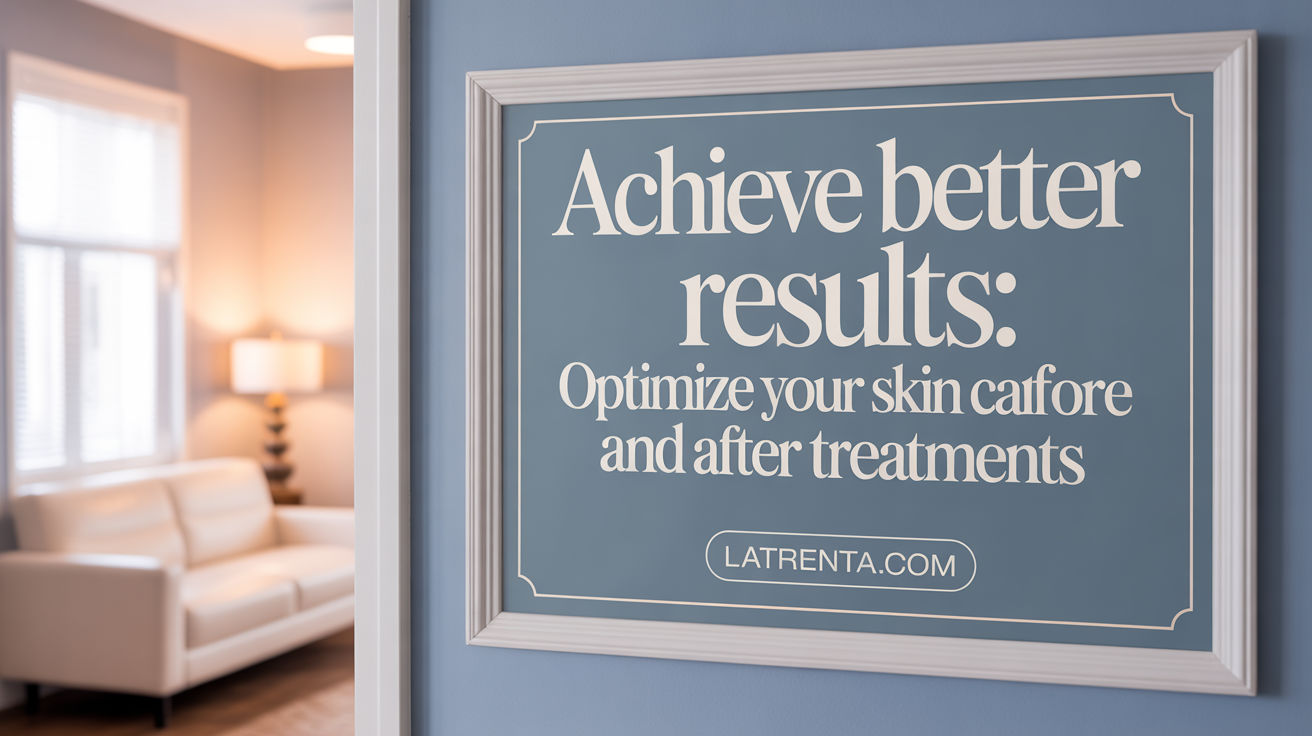Why Skin Quality Matters More Than Ever
Skin quality is the foundational element that shapes the success of any aesthetic procedure. Beyond mere surface beauty, it affects how treatments take hold, how you heal, and ultimately the longevity of your aesthetic results. Understanding what skin quality really means, how it is influenced, and what you can do to enhance it will empower you to achieve your best, most radiant appearance.
Defining Skin Quality: More Than Skin Deep

What does skin quality mean?
Skin quality encompasses the overall health and aesthetic condition of the skin. It reflects how well the skin functions and appears, influenced by its underlying biology, lifestyle factors, and external environment. Unlike a simple appearance check, skin quality involves multiple attributes that can be both seen and felt.
This includes visual features such as pigmentation uniformity, skin brightness or dullness, redness, and surface irregularities like enlarged pores, fine lines, and wrinkles. It also involves topographical aspects including skin smoothness, roughness, and the presence of creases or scars. Mechanical properties, which are less visible but equally important, involve elasticity, firmness, pliability, and skin thickness.
While there isn't a universally agreed-upon formal definition, skin quality is often categorized into three main types of attributes: visual, topographical, and mechanical. These interconnected features determine how healthy and youthful the skin appears. Effective assessment and treatment aim to improve these qualities, resulting in better self-perception and social interactions.
Overall, good skin quality is often linked to skin that is vibrant, resilient, and well-maintained, signifying underlying tissue health and optimal biological function. Both lifestyle choices and aesthetic treatments can positively influence these attributes, leading to improved appearance and confidence.
Comprehensive Assessment: How Professionals Analyze Skin Quality

How is skin quality assessed and analyzed?
Assessing skin quality involves a combination of clinical examinations, visual inspection, tactile evaluations, and the use of advanced diagnostic devices. Clinicians begin by reviewing a patient’s medical history and skin concerns, followed by a detailed visual examination that evaluates skin texture, color, and overall appearance.
Specialized tools enhance this assessment by providing objective data. For example, the Minolta Chromameter CR-300 measures skin color with high consistency, assisting in identifying pigmentation issues or dullness. To evaluate skin texture and surface irregularities, devices like PRIMOS are employed, which can analyze skin topography with precision.
Measuring hydration levels with devices like Corneometers, lipid content, melanin, and erythema helps determine skin type and potential sensitivities. Visual cues alongside these measurements assist in diagnosing issues such as dryness, uneven pigmentation, or inflammation. Further tools like Wood’s lamps help reveal underlying pigmentation or bacterial presence, while dermascopes and full-face imaging systems facilitate detailed surface and structural assessments.
This comprehensive approach combines client history, visual and tactile evaluations, and objective measurements—forming the foundation for personalized skincare plans and targeted treatments.
Factors Shaping Your Skin’s Appearance and Health

What factors influence skin quality and appearance?
Several elements impact how our skin looks and feels. Genetics play a significant role, determining skin type (oily, dry, sensitive), elasticity, and how quickly aging signs appear. They influence susceptibility to conditions like psoriasis or eczema and set the baseline for skin’s texture and tone.
Environmental factors are equally influential. Sun exposure, especially UV rays, can accelerate skin aging by damaging collagen and elastin fibers. Pollution releases harmful particles that cause oxidative stress, leading to dullness and increased aging signs. Extreme temperatures and contact with harsh chemicals can also harm skin integrity.
Lifestyle choices significantly affect skin health. A balanced diet rich in antioxidants, proper hydration, and regular skincare routines help maintain skin vitality. Conversely, habits like smoking, excessive alcohol consumption, and high sugar intake can hasten aging, cause wrinkles, and impair skin's barrier function.
Additional influences include hormonal changes, medications, and psychological stress, which can lead to skin conditions or worsen existing issues. Intrinsic aging causes natural decline in vital skin components such as collagen and hyaluronic acid, resulting in sagging, wrinkle formation, and a dull appearance.
Overall, skin quality is the result of a complex interaction between genetic makeup, external environment, and personal lifestyle choices, which together shape how our skin ages and what it looks like.
What role do lifestyle, aging, and stress play in skin health?
Lifestyle, aging, and stress are interconnected factors that deeply impact skin condition.
A healthy lifestyle incorporating a nutritious diet, adequate sleep, regular physical activity, and diligent sun protection can help preserve skin’s elasticity, hydration, and overall resilience. Conversely, poor habits like smoking, excessive alcohol intake, and infections with high sugar levels speed up the breakdown of collagen, leading to wrinkles, sagging, and loss of firmness.
Aging naturally diminishes skin's structural proteins—collagen and elastin—causing it to become thinner, drier, and less elastic. Prolonged exposure to sunlight and environmental pollutants exacerbates this process, making skin appear prematurely aged.
Chronic stress triggers hormonal changes, notably increased cortisol levels. Elevated cortisol promotes inflammation, oxidative damage, and impairs skin repair processes. This can result in acne, dullness, fine lines, and exacerbation of inflammatory skin conditions such as eczema or psoriasis.
Managing stress through activities like meditation, exercise, and proper sleep, combined with protective skincare practices, is essential. These habits not only improve skin quality but also enhance the effectiveness of aesthetic treatments. In sum, lifestyle habits, environmental exposures, and stress management collectively sustain skin health and delay visible aging signs.
Maximizing Aesthetic Results by Optimizing Skin Condition

Which methods optimize skin condition before and after aesthetic procedures?
Achieving the best outcomes from aesthetic treatments starts with proper skin care both before and after the procedure. Proper preparation involves a personalized regimen that emphasizes hydration, barrier protection, and sun safety. For example, beginning gentle cleansing routines and applying barrier-boosting products with ingredients like ceramides or niacinamide at least a few weeks prior can enhance skin resilience.
Pre-treatment skin care also includes avoiding harsh exfoliants, retinoids, and acids during the week before procedures to minimize irritation. Protective measures such as daily broad-spectrum sunscreen with SPF 50 or higher help prevent UV damage that could compromise healing.
Post-procedure, focus shifts to soothing the skin, reducing inflammation, and maintaining hydration. Using gentle cleansers, moisturizing regularly, and avoiding active ingredients that could aggravate the skin are crucial steps. Incorporating antioxidants and growth factors can promote faster healing and reduce hyperpigmentation. Sun protection remains essential, as it shields sensitive skin from further UV damage.
Overall, professional guidance combined with consistent skincare and cautious handling helps improve healing, prolong results, and minimize complications, ensuring superior aesthetic outcomes.
The Science and Strategy Behind Skin Boosters in Aesthetic Care
Professional insights and scientific considerations are essential for maximizing the benefits of skin booster treatments. Experts rely on current scientific evidence about agents such as hyaluronic acid, polylactic acid (PLLA), polynucleotides, platelet-rich plasma (PRP), and exosomes. These substances are valued for their abilities to hydrate the skin, stimulate collagen production, and promote tissue regeneration.
Tailoring treatments to each individual involves a careful assessment of skin quality, age, and specific aesthetic goals. This personalized approach ensures that protocols are effective and aligned with patient needs.
Safety remains a top priority when performing skin booster procedures. Practitioners adhere to strict sterile techniques, utilize qualified professionals, and stay informed about potential adverse reactions. Clinical data supports the use of these therapies, with rare complications becoming manageable when protocols are followed.
Innovations in delivery techniques, such as microinjections and new formulations, continue to advance the field. Emerging therapies like exosomes and secretomes offer promising avenues for even more effective skin rejuvenation.
In summary, combining scientific knowledge with clinical experience and rigorous safety standards allows practitioners to deliver predictable, effective, and safe treatments. Staying updated with ongoing research and professional guidelines further refines these strategies, contributing to sustained skin health and aesthetic results.
Elevate Your Aesthetic Journey by Prioritizing Skin Quality
Your skin is the canvas on which aesthetic treatments perform their magic. By understanding, assessing, and actively improving skin quality through lifestyle, skincare, and professional interventions, you create an optimal foundation for lasting and natural-looking results. Embracing a comprehensive approach that addresses biological, psychosocial, and environmental factors will not only enhance how you look but also how you feel—boosting confidence and well-being. Partnering with experienced professionals and committing to a tailored skin health regimen is the key to unlocking your best aesthetic outcome.
References
- Defining Skin Quality: Clinical Relevance, Terminology, and ...
- The Importance of Skincare Before and After Aesthetic Treatments
- Stress and Skin: How Managing Health Improves Aesthetic Results
- What determines skin quality, and what can we do to improve it?
- Role of Skincare Products in Enhancing Aesthetic Treatments
- Improving patients' skin quality using skin boosters in aesthetic ...
- A Holistic Approach to Assessing and Enhancing Skin Quality
